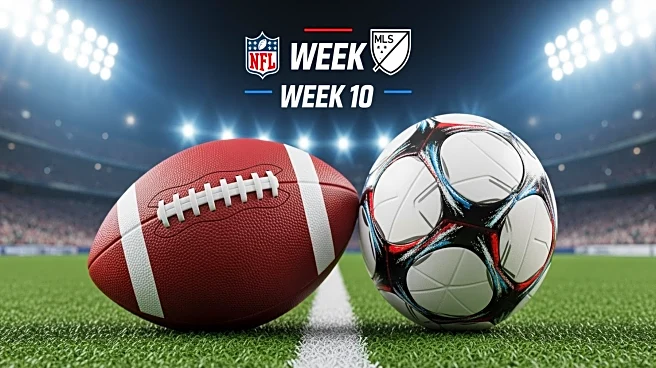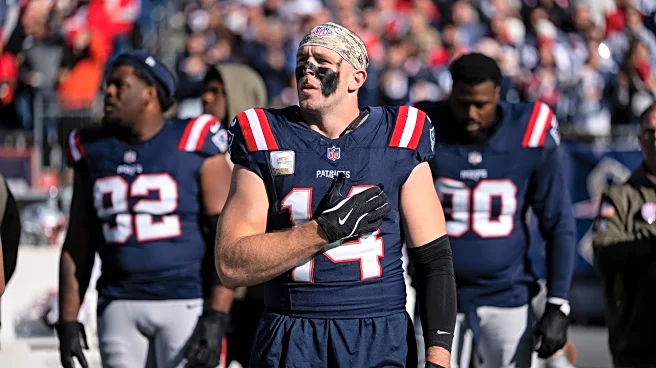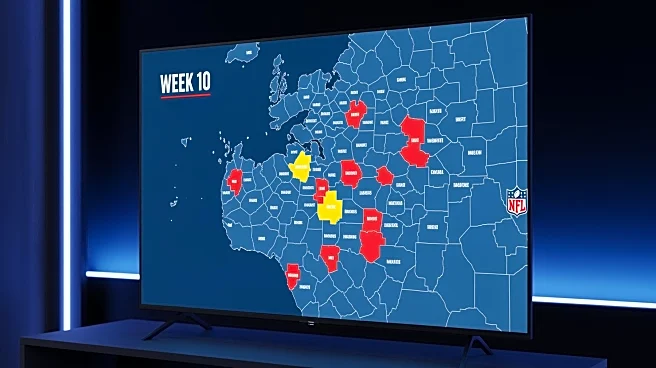What's Happening?
As the NFL season enters its second half, fans are gearing up for Week 10 matchups, including the Patriots vs. Buccaneers and Giants vs. Bears. However, some viewers may face blackout restrictions that prevent them from watching certain games in their
area. To circumvent these restrictions, fans can use virtual private networks (VPNs) to change their virtual location, allowing them to access games as if they were in a non-blackout zone. VPNs also offer privacy benefits by encrypting internet traffic, which can prevent internet service providers from throttling speeds during game streaming.
Why It's Important?
The use of VPNs to bypass blackout restrictions is significant for NFL fans who want to watch games that are not available in their local broadcast area. This technology provides a legal workaround for accessing content, ensuring fans do not miss out on key matchups. Additionally, VPNs enhance online privacy and security, which is increasingly important in the digital age. The ability to watch games from anywhere can also impact the NFL's viewership numbers and fan engagement, potentially influencing broadcasting strategies and agreements.
What's Next?
As VPNs become more popular among sports fans, streaming services and broadcasters may need to address the implications of this technology on their business models. There could be increased scrutiny on how VPNs are used to bypass blackout restrictions, leading to potential changes in streaming policies or agreements. Fans may also see more competitive pricing and features from VPN providers as they cater to the growing demand for unrestricted access to sports content.
Beyond the Headlines
The use of VPNs raises ethical questions about circumventing blackout restrictions, which are often in place to protect local broadcasting rights and agreements. While VPNs offer a solution for fans, they also challenge traditional broadcasting models and could lead to legal debates about digital rights management. Furthermore, the widespread adoption of VPNs for streaming sports content may prompt discussions about the future of sports broadcasting and the balance between accessibility and rights protection.













